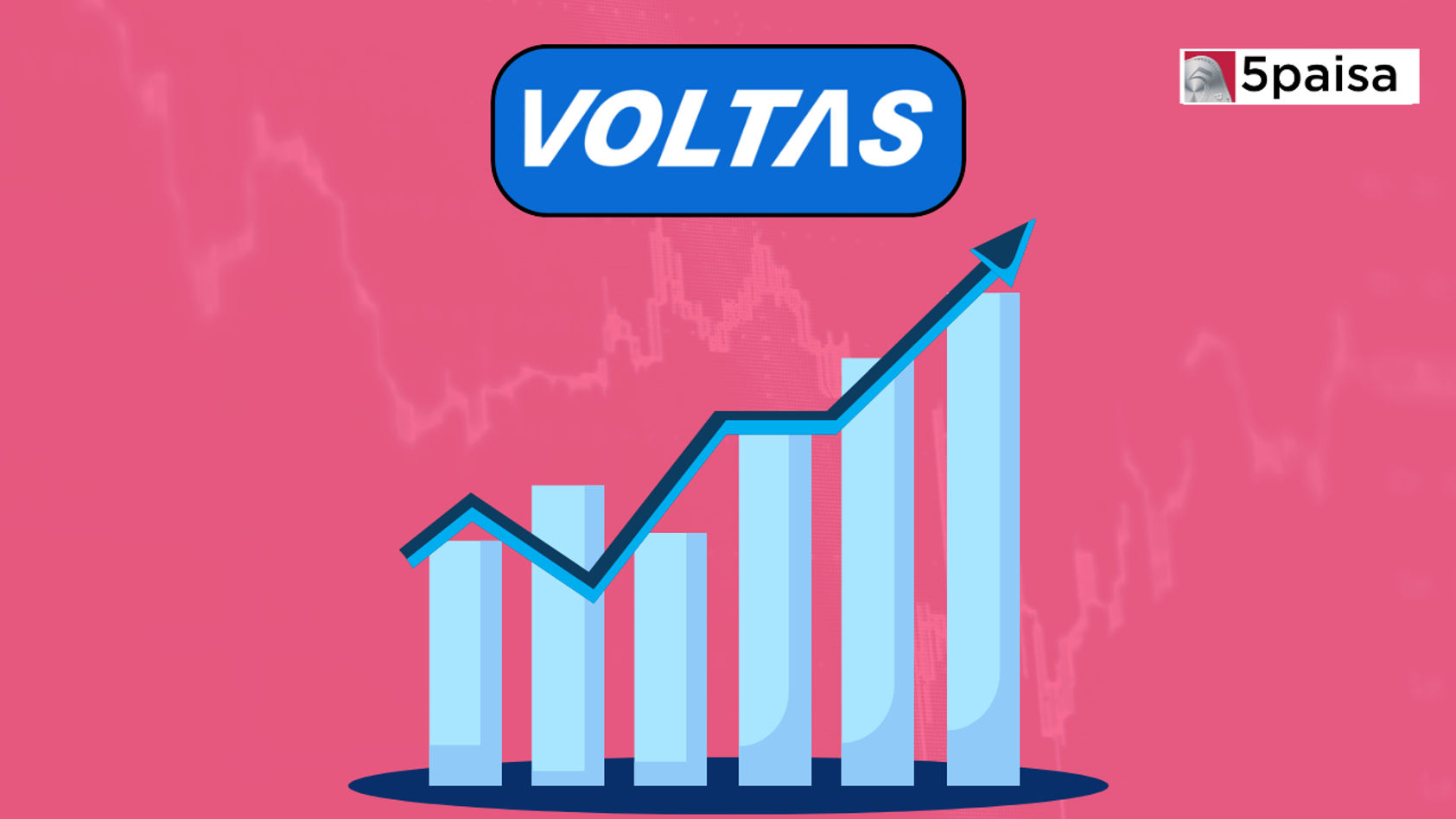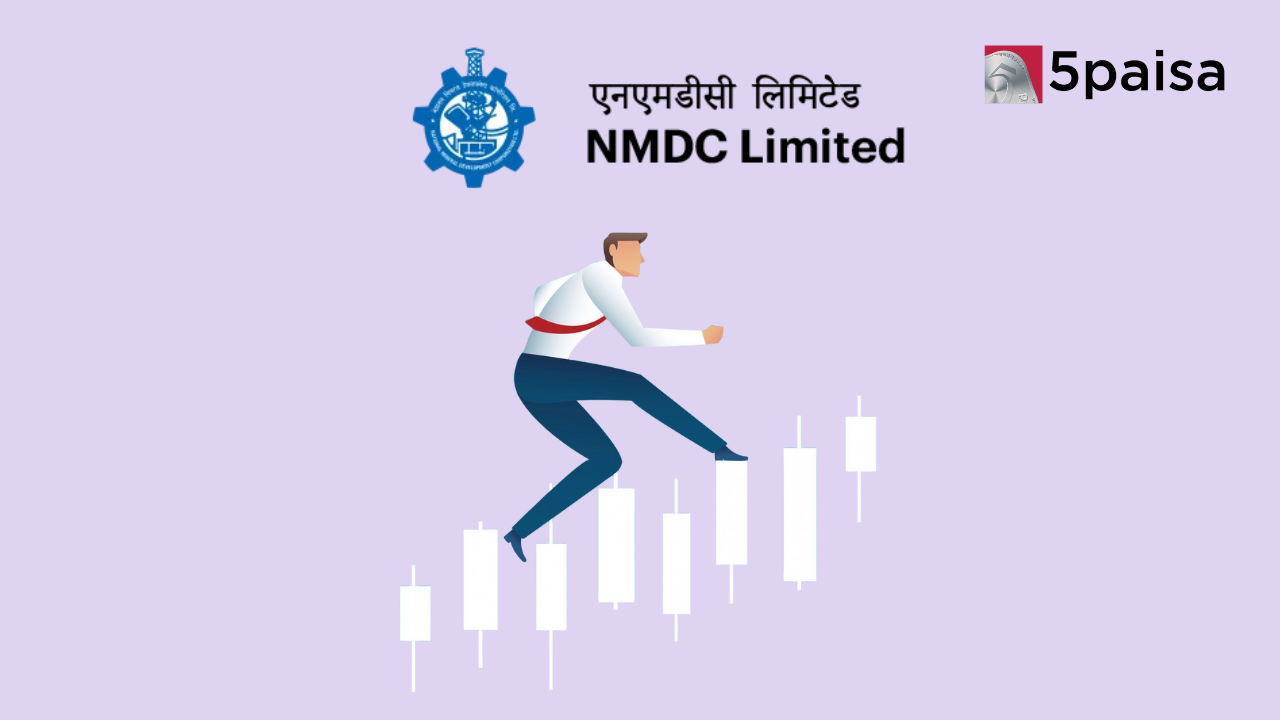Stock in Action – EID Parry 18 December 2024
Stock in Action – Voltas Ltd

Volta’s Movement of Day
Technical Analysis
a) The stock exhibits a neutral, with the current price standing at 3.42% away from its 52-week high.
b) Despite a 30.03% growth over the past three months, the stock's recent performance reflects a 5.55% increase in the last week.
c) With a P/E ratio of 180.60 (high P/E) and a P/B ratio of 6.61 (average P/B), it suggests both premium valuation and efficient capital use concerns.
d) The stock's mid-range performer status, combined with potential opportunities for positive breakout, indicates a cautious stance with room for improvement in capital efficiency.
Probable Rationale Behind Volta’s Ltd. Surge
Voltas Ltd., Indian electrical appliances maker, recently reported its financial results for third quarter of fiscal year 2023-24. Despite posting net loss of ₹27.6 crore, company's stock price witnessed surge, backed by robust consolidated revenue from operations, particularly in key cooling products segment. This report aims to explore probable rationale behind positive market sentiment surrounding Voltas Ltd.
1. Voltas Strong Revenue Growth
Voltas reported consolidated revenue from operations of ₹2,625.7 crores, marking substantial 31% year-on-year increase. key cooling products segment, contributing over half of company's revenue, reported more-than-21% rise in revenue. This surge can be attributed to increased demand for air conditioners, fuelled by warmer-than-usual weather during quarter.
2. Voltas ltd.’s Improved Segment Performance
The Unitary Cooling Products (UCP) segment outperformed market expectations, maintaining growth momentum despite challenges. segment's year-on-year growth for room air-conditioners stood at 27%, demonstrating Voltas' market leadership with Year-to-Date market share of 19% as of December 2023. Additionally, Engineering Products & Services segment showed improved performance, supported by strong order backlog & disciplined execution efforts.
3. Voltas Ltd.’s Cost Challenges & Margin Pressures
Voltas faced challenges with 55.6% increase in expenses related to raw materials, jobs, & services, leading to 35% rise in total costs. disappointing project margin in Unitary Cooling Products (UCP) segment & losses in international project business impacted overall EBITDA margin, which stood at 1.1% compared to 3.8% in corresponding period of previous fiscal.
4. Analyst Perspectives
Experts have varied opinions on Voltas Ltd.'s stock. While Experts has retained 'buy' call with target probable of ₹ 1,202, indicating potential upside of over 18%, Macquarie maintained 'neutral' rating with target of ₹ 842, suggesting downside of 17%. Macquarie highlighted concerns about rising competition in UCP segment & disappointing project margins, contributing to its neutral stance.
5. Strategic Moves Amid Challenges
Voltas demonstrated strategic moves to address challenges, including setting aside funds for contract cancellations & encashment of bank guarantee in December-2022 quarter. company's focus on certification & project management initiatives in domestic projects business contributed to robust bottom-line growth in this segment.
6. Market Comparison
In comparison to rivals like Blue Star, which reported jump in third-quarter profit, & Havells India, which reported marginal growth, Voltas' performance reflects mixed landscape in electrical appliances sector.
7.Financial Analysis
Sales & Profit Relationship
Despite significant increase in sales post-FY 2018, operating profit has shown decline, indicating potential margin pressures or increased operating costs.
Key Observations
1. Sales growth reflects company's expanding market presence.
2. Fluctuating operating profit suggests operational challenges or cost management issues.
3. Further examination of cost structures & market dynamics is essential to understand profitability dynamics.
Analysis of Voltas Working Capital Management (Days)
1. Debtor Days
Trend Analysis
a) Showed increasing trend until FY 2017, indicating potential delay in receiving payments.
b) Experienced decline post-FY 2017, reaching 84 days in TTM, signaling improved efficiency in debt collection.
Interpretation
Reduction in debtor days suggests improved receivables management & faster realization of sales revenue.
2. Inventory Days
Trend Analysis
a) Fluctuated initially, reaching low of 65 days in FY 2015 & FY 2017.
b) Increased in FY 2018 & then declined, standing at 79 days in TTM.
Interpretation
a) A downward trend in recent years may indicate efficient inventory management.
b) A spike in FY 2018 might imply challenges in managing stock levels.
3. Days Payable
Trend Analysis
a) Experienced fluctuations, with overall increase in recent years.
b) Showed notable rise from FY 2018 to TTM, reaching 149 days.
Interpretation
a) A rise in days’ payable suggests longer time taken to settle payables.
b) While it can provide short-term cash flow benefits, it may strain relationships with suppliers.
Overall Working Capital Analysis
Efficiency Improvement: Reduction in debtor days & inventory days indicates positive trend in working capital efficiency.
Cash Flow Impact: Increase in days’ payable may positively impact short-term cash flow but requires careful management to maintain supplier relationships.
Analysis of Cash Conversion Cycle & Working Capital Days
Cash Conversion Cycle (CCC)
Trend Analysis
a) Positive CCC until FY 2017, reaching peak of 26 days in FY 2016.
b) Turned negative in FY 2018 & FY 2019, indicating potential operational efficiency & quick cash conversion.
c) Showed fluctuations in subsequent years, turning positive in TTM but remaining at relatively low 14 days.
Interpretation
a) Negative CCC indicates company is efficiently converting inventory & receivables into cash.
b) Positive CCC in recent years may suggest longer cash conversion cycle, requiring attention to maintain efficiency.
Working Capital Days
Trend Analysis
a) Declined from FY 2013 to FY 2017, reaching low of 35 days.
b) Increased in FY 2018 & FY 2019, coinciding with negative CCC.
c) Showed fluctuations in subsequent years but remained relatively stable at 54 days in TTM.
Interpretation
a) A decline in working capital days indicates efficient management of working capital components.
b) Fluctuations in recent years may necessitate further examination of specific working capital elements.
Capital Efficiency
Efficiency Improvement
a) Negative CCC in FY 2018 & FY 2019 suggests efficient cash conversion.
b) Working capital days remained relatively stable, indicating sustained efficiency in working capital management.
Potential Areas for Improvement
a) Fluctuations in CCC & working capital days in recent years may warrant closer examination of specific operational factors.
b) A positive CCC in TTM requires attention to maintain optimal cash conversion efficiency.
Return on Capital Employed (ROCE) Analysis
ROCE Trend
Trend Analysis
ROCE experienced fluctuations over years.
a) Peaked at 22.0% in multiple years (FY 2013, FY 2016, FY 2018, & FY 2019).
b) A declining trend observed in recent years, reaching 10.0% in Trailing Twelve Months (TTM).
Interpretation
a) Initial peaks suggest efficient utilization of capital & profitability.
b) The declining trend indicates potential challenges in maintaining historical levels of profitability.
Financial Analysis
a) Indicates company efficiently used capital to generate returns.
b) Suggests effective capital allocation & operational efficiency during those periods.
Efficiency Concerns
a) The declining ROCE suggests potential efficiency challenges in recent years.
b) Management should investigate factors impacting profitability & identify strategies for improvement.
Capital Allocation
a) Assess capital allocation strategies to ensure optimal use of resources.
b) Consider impact of capital structure changes on ROCE.
Strategic Considerations
a) Evaluate strategic initiatives & market positioning influencing ROCE.
b) Implement measures to enhance operational efficiency & maintain or improve ROCE.
Conclusion
Despite facing cost challenges & margin pressures, Voltas Ltd.'s stock price surge can be attributed to strong revenue growth, especially in key cooling products segment, & strategic moves to address challenges. However, analysts' varied perspectives underscore importance of monitoring competition & project margins for comprehensive evaluation of company's financial health. Investors should consider these factors along with market dynamics before making informed decisions.
- Flat ₹20 Brokerage
- Next-gen Trading
- Advance Charting
- Actionable Ideas
Trending on 5paisa
02
 5paisa Research Team
5paisa Research Team
Fundamental & Technical Analysis Related Articles
Disclaimer: Investment in securities market are subject to market risks, read all the related documents carefully before investing. For detailed disclaimer please Click here.

 5paisa Research Team
5paisa Research Team




